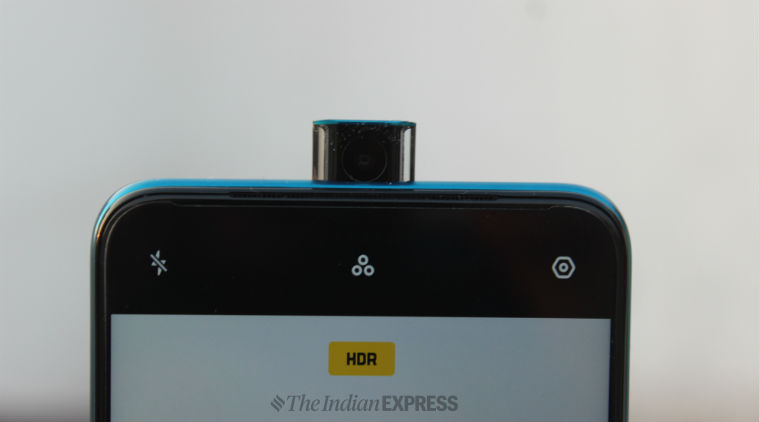
As more and more smartphones start looking the same with similar hardware on offer, brands are unable to do enough to differentiate their phones. But Oppo has done something different with the F11 Pro.
The 6.5-inch smartphone eliminates the notch by placing the selfie camera in a module that pops up from the top of the device. And that’s a good thing. The lack of a notch means more screen space and bezel-less screen. And it has a 48MP camera as well.
But even with a pop-up selfie camera and a bezel-less screen, does the Oppo F11 Pro do enough to stand out in the market where a phone like the Redmi Note 7 Pro gets the job done at half the price? Here is our detailed review of the Oppo F11 Pro.
Oppo F11 Pro specifications: 6.5-inch FHD+ display|MediaTek Helio P70 processor|6GB RAM|64GB internal memory|48MP Sony IMX586 sensor+5MP secondary camera|16MP pop-up selfie camera|4000mAh battery with VOOC 3.0 fast charging| ColorOS 6.0, based on Android 9.0
Oppo F11 Pro price in India: Rs 24,990
Oppo F11 Pro review: Design, display
After wowing the world with its initial designs, Oppo was criticised for making phones that look similar to the iPhone. But lately, Oppo seems to have taken note of these inputs. Its latest F11 Pro doesn’t look like an iPhone, or any Android for that matter.
The most eye-catching thing about the design is the back panel and its two-tone gradient finish. My review unit had this stunning Aurora Green colour. The handset is also available in Thunder Black.
Even though the back is made of plastic and not glass, the quality and finish of the handset are likable. While the back provides a comfortable grip, the phone does feel heavy.
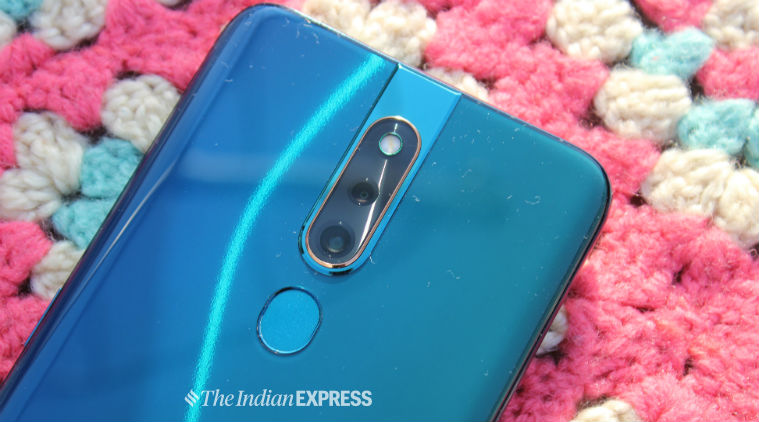
The back of the device also houses a dual-camera setup in a vertical orientation (within a strip), and below is the fingerprint scanner, and then Oppo’s branding. And on the bottom, you’ll find a headphone jack — an increasingly rare feature among many smartphones.
The front side of the phone is dominated by a large, bezel-less screen. Meanwhile, the front camera module as a pop-up component is placed at the top of the phone. On the right-hand side, you will notice a power button and a hybrid SIM card stay. On the left, you will find the volume buttons. At the bottom side, you will find a micro-USB charging slot(sorry folks, no USB Type C here), loudspeaker grille, and a 3.5mm headphone jack.
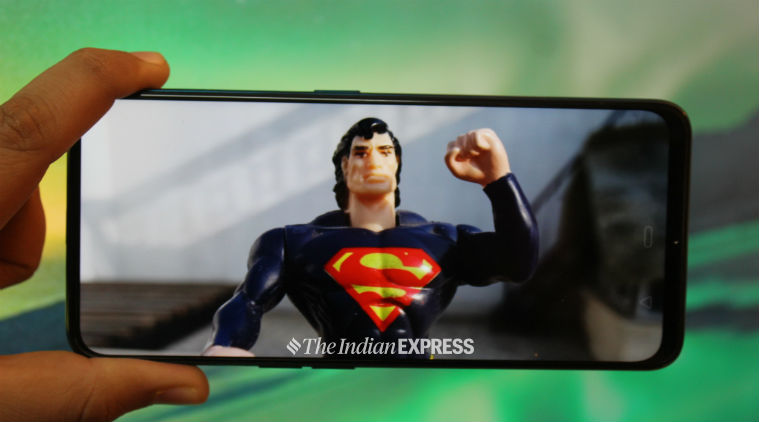
The 6.5-inch display has a resolution of 2340x1080p which translates to Full HD+. The quality of the screen is good. It’s bright and colourful, but has one issue — the annoyingly reflective display. Reading emails and text messages is impossible, even if you set the screen brightness to maximum.
Oppo F11 Pro review: Performance, battery
The F11 Pro is powered by a MediaTek’s Helio P70 chipset and comes with 6GB of RAM and 64GB of internal storage. There’s a MicroSD card in case you need more. It’s fast and responsive, and I had no issues playing Asphalt 9 on the F11 Pro.
It’s a quick phone, although not quite the fastest, compared to the Poco F1 and Redmi Note 7 Pro powered by Qualcomm’s Snapdragon 845, and Snapdragon 675 processors.
I will again stress the fact that the specs of the phone hardly makes a difference. But here, Oppo has used the same processor that also powers Realme 3, which costs just Rs 8,999. The price difference between the two phones is huge, and this might be seen as a major negative for the F11 Pro.
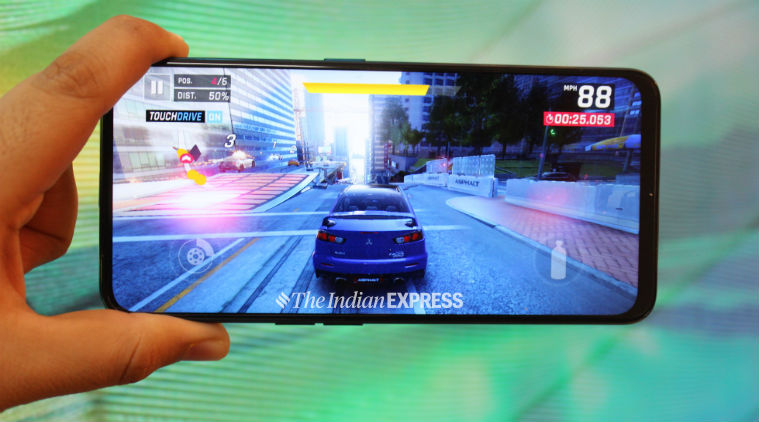
Thankfully, Oppo has packed the F11 Pro with a 4,000mAh battery. The battery life is solid, to say the least. I got roughly all-day battery life with moderate use. It supports VOOC 3.0 fast charging as well, which lets you charge the phone up to 50 per cent in about 30 minutes.
The software experience is typically what you expect from Oppo smartphones. This time around, ColorOS 6.0 – Oppo’s user interface is layered over Android 9 Pie. It’s manageable, but major elements of the interface look clunky. Even though the F11 Pro is running on Android OS, it reminded me of iOS. I wish Oppo spent more time polishing the user interface.
Oppo F11 Pro review: Camera
The F11 Pro packs two cameras on the back: a 48MP primary IMX586 sensor and a 5MP secondary camera.
Like Honor View 20 and Redmi Note 7 Pro, the 48MP mode is not activated as standard. You have to open the Settings menu and choose it from there, which is rather confusing. There were times I didn’t realise in which mode I was taking pictures. There’s a chance people will keep taking pictures in 12MP without realising they’re not shooting photos at 48MP.

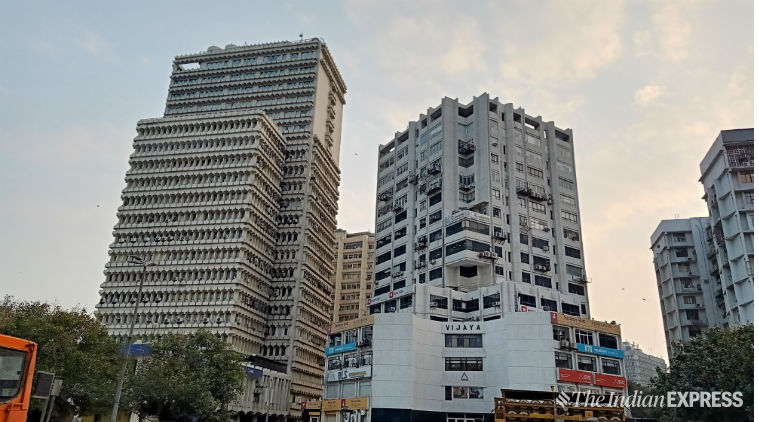

The Oppo F11 Pro’s camera is good. Colours are often rich and punchy, and the camera app is quick to load and shoot. It’s evident that F11 Pro’s cameras aren’t lacking in detail. And yet, the types of shots produced by the F11 Pro are one-step below iPhone XR’s single 12MP shooter. It again proves higher megapixel count doesn’t necessarily translate to better shots.
See sample shots below
I am not trying to compare the two phones on the basis of the camera. All I am trying to do is prove the point that having a 48MP camera is certainly not an advantage. In fact, I found that the same photo taken in 12MP was much better compared to the one using the 48MP mode on the F11 Pro.
See sample shots below
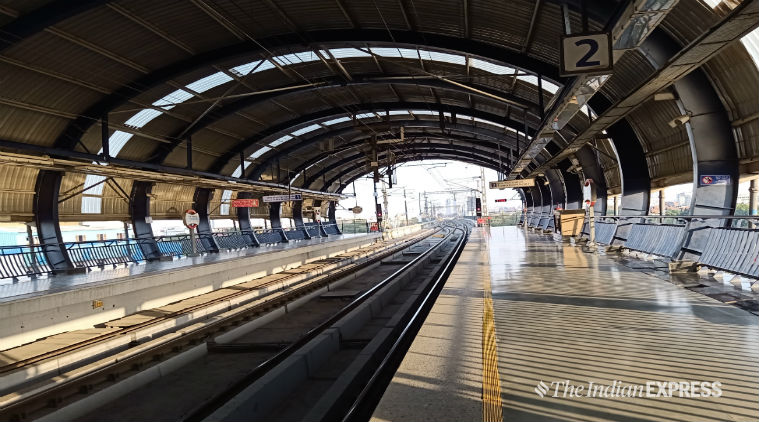
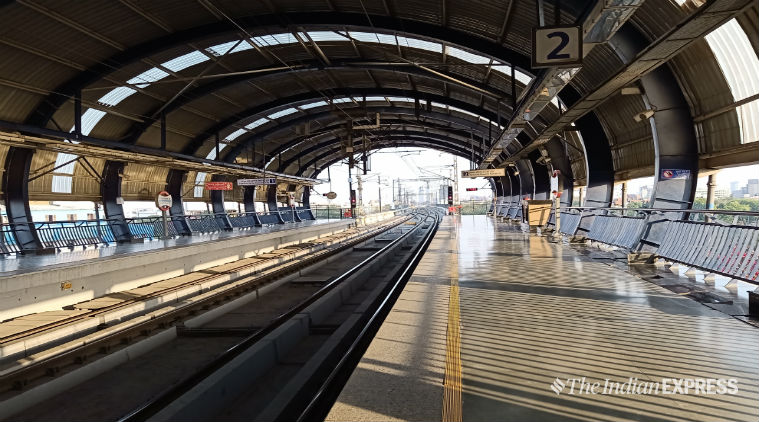
But one feature I personally liked about F11 Pro’s camera is its Super Night mode. Like Google’s Night Sight feature in Pixel 3, it’s designed to improve the picture quality in extreme low-light conditions. While it doesn’t come close to Pixel 3’s Night Sight, I’m happy to report a Super Night mode does add more depth and accurate colours throughout.
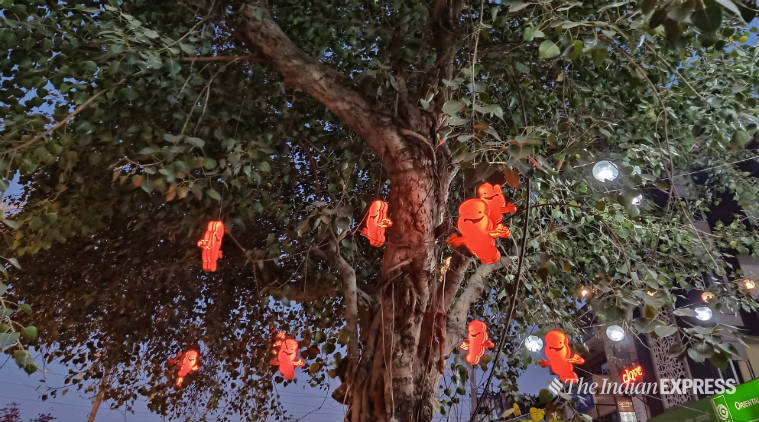
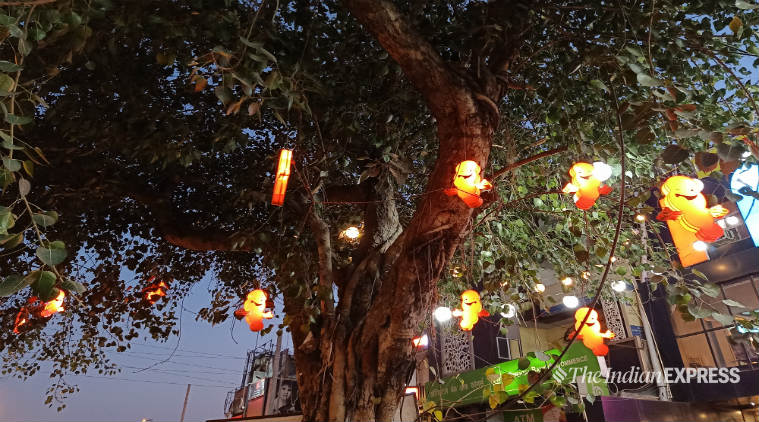
Keep in mind that a Super Night Mode isn’t the best mode to shoot low-light photos, though. There are times when you want a little (bit) contrast and shadow to make the scene look realistic. As I found in a couple of camera samples, a Super Night Mode can make the colours unnaturally bright.
But what about the front-facing camera? Do we really need a pop-up selfie camera? Sure, the distinctive 16MP pop-up selfie camera looks cool and works as advertised but it is still a motorised moving part. It worked fine during the course of the testing, but is more susceptible to a higher failure rate in the long run. What would happen if someone accidentally dropped the phone with the module protruding out? These questions have made me more skeptical about pop-up camera modules.
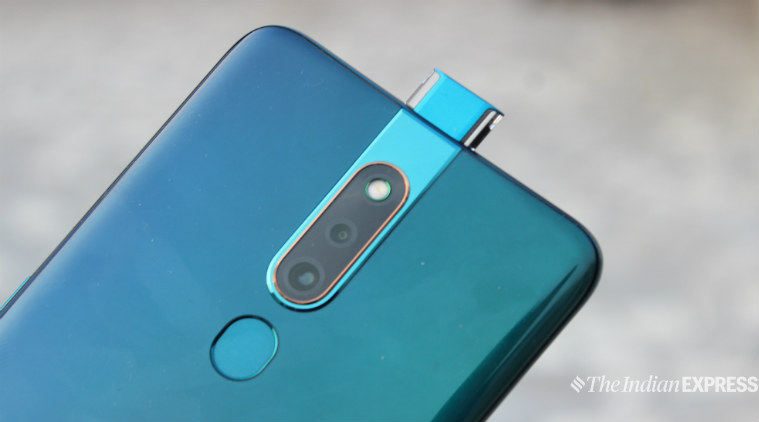
Oppo F11 Pro review: Should you buy?
If you’re ready to pay for a phone with a pop-up selfie camera and a bezel-less display, Oppo F11 Pro is for you. This is the cheapest smartphone in the market that offers the motorised pop-up camera. Yes, it does come with a 48MP camera sensor, but the Redmi Note 7 Pro undercuts the F11 Pro in terms of performance, price, build quality, and better software interface. The choice is yours at the end of the day.